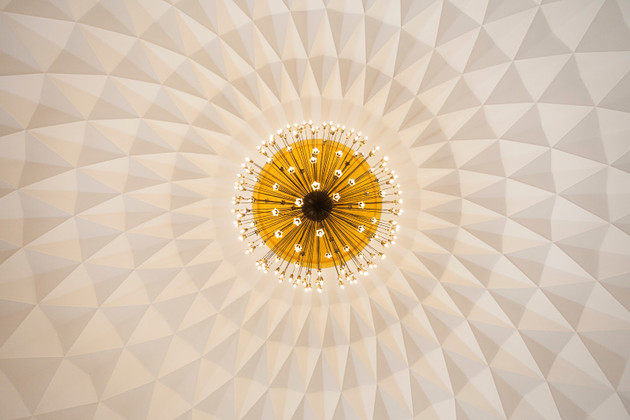Upgrading to LED: Bulbs vs. Fixtures & What's Best for You
Jun 30th 2020
You’ve made the decision to upgrade to LEDs, but it doesn’t end there. In fact, in many ways that’s just the beginning. There is a sea of LED products to wade through. How do you know which are the best for you and your specific needs? Should you just buy new LED bulbs to use with your old fixtures? Will they work with your old fixtures? Is upgrading to new LED fixtures the better option? It’s hard to know what to do.
In this article we’ll discuss the pros and cons of both and go over some of the questions you should consider when determining what the best course of action is for your LED upgrade lighting needs.
Screw-in LED bulb replacements are an easy way to begin saving money and improve energy efficiency by doing something as simple as literally changing a lightbulb.
Screw-in LED bulb retrofit pros
- Easy, quick installation
- Significant energy savings over traditional lighting
- Long life rating compared to traditional lighting
- Strong lighting rebate programs across the U.S. to help offset the up-front cost of retrofitting
- Fixture modifications rarely necessary
- Easy replacement as new technologies come out (better efficiency or color rendering)
Screw-in LED bulb retrofit cons
- Maximum fixture wattage remains the same
- Common challenges with dimming
- Using existing fixtures could affect life of LED screw-in replacement
- Using existing fixtures doesn’t allow for décor updates, remodeling, or other modifications
In many cases, simply replacing your old incandescent or fluorescent bulb with an LED is going to be enough. Especially if you have no plans or budget for a big renovation or overhaul. However, there are some real benefits to upgrading entire fixtures to LED rather than just screwing in a new bulb.
LED fixture replacement pros
- Maximum control over light output and placement (great for situations where lighting design is paramount)
- Longer life rating and efficacy than LED replacement lamps
- Lower maximum fixture wattage than traditional fixtures, which is advantageous for meeting strict building codes or Title 24 standards
- Excellent performance for controls and dimming
LED fixture replacement cons
- Longer, more expensive installation
- Higher up-front cost than LED replacement lamps
- Potential for difficulty in upgrading to future emerging technologies
So good. We’ve got the basics out of the way. But how do you decide which option is right for you? Let’s consider a few quick points.
- Maintenance and repair - In some cases the fixtures in question are so old and worn that it makes sense to replace the entire thing with a new LED fixture. The up-front cost can be expensive, but if you’re looking at the potential cost of replacing old, yellowed fluorescent troffers and ballasts, not only may the parts be difficult to find, but there’s little sense in replacing them with what amounts to old, inefficient technology. The same goes for old can housings.
- New construction and remodeling - It goes without saying that for a new construction, you should look to install as many new LED fixtures as possible. Not only is the price difference often negligible between traditional and LED fixtures when you factor in the cost of the traditional lamps as well, but it’s important to also consider the building codes in the area. Many building codes nowadays have strict restrictions on wattage and energy efficiency. The best way to meet these standards and still have an abundance of electric light is by installing LED fixtures.
- Meeting lighting codes - One of the requirements you may face is the ratio of maximum fixture wattage to square footage. Let’s say you have 100 fixtures in your space with a max fixture wattage of 100 watts but you install 12W LED bulbs. But the fact remains that your total maximum fixture wattage for the space is 10,000 watts. On the flip side, you could lower your maximum fixture wattage for your space by installing 10 watt LED fixtures from the beginning. This would reduce your total maximum fixture wattage to 1,000 watts. This may seem like semantics, but when it comes to getting inspection approvals, this could make all the difference. Another requirement you may face with current building codes is the need for more advanced lighting controls such as occupancy, dimming, daylight harvesting, or demand response. These controls are often more easily addressed with LED fixtures.
- Rebates - Some agencies offer rebates for upgrading to LEDs. Which ones are available to you and how impactful they will be depends largely on your project and your location. However, there may be some good options out there if you’re willing to do the research. Check our blog as we’ll be sure to publish the latest rebate information as it becomes available.
Whatever you decide in the process of upgrading your lighting to LED, SunLake is here to help. Whether it’s retrofitting existing recessed lighting or replacing individual bulbs, SunLake has the high-quality products you need at prices you can’t pass up. Plus, SunLake’s industry-leading 10-year warranty means you can rest assured that if anything goes wrong with our products, we’ll make it right.


